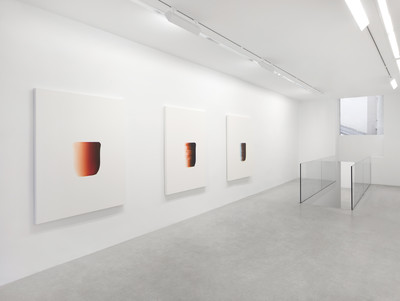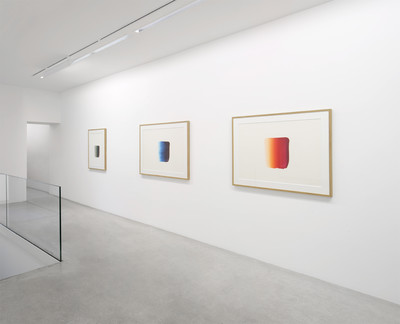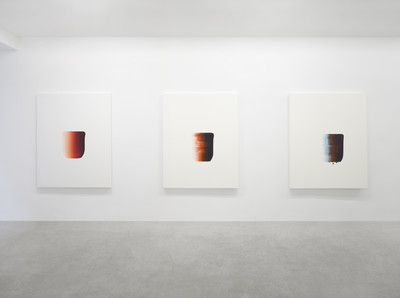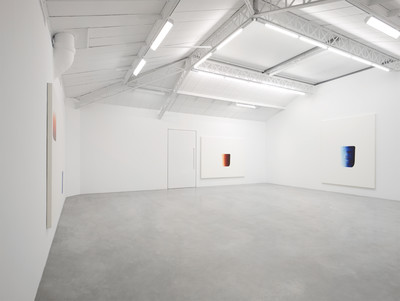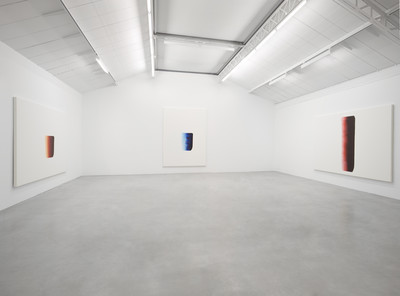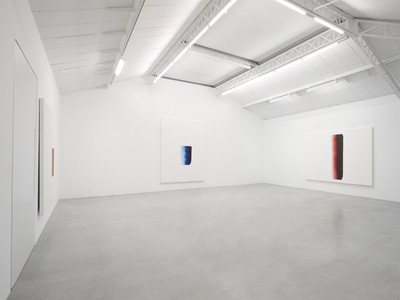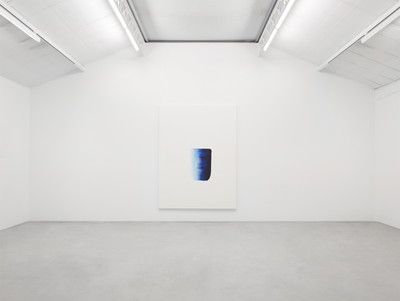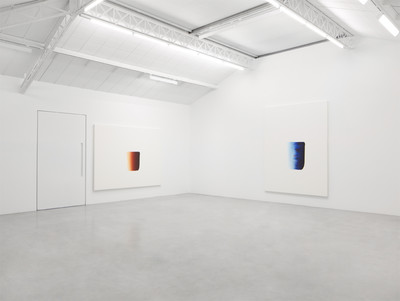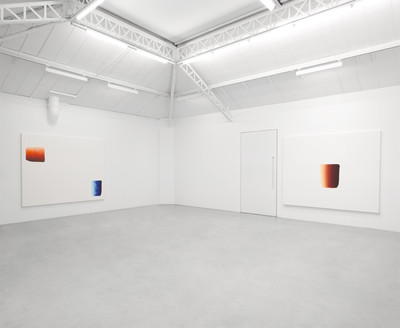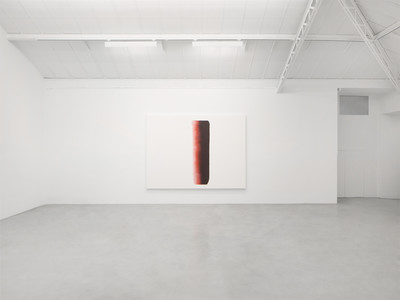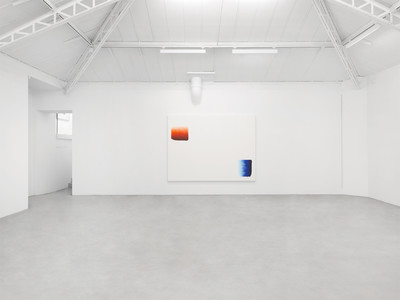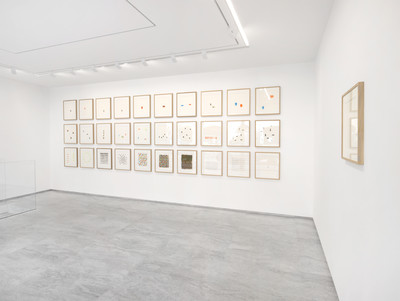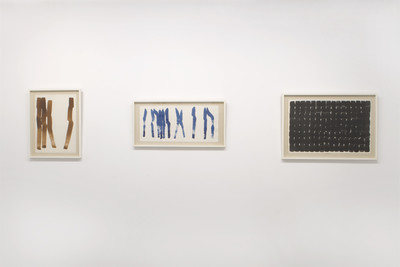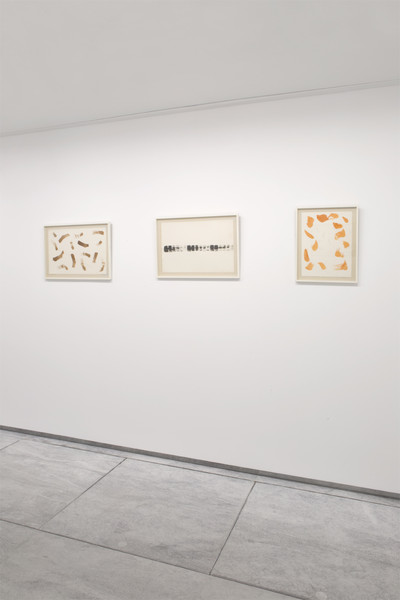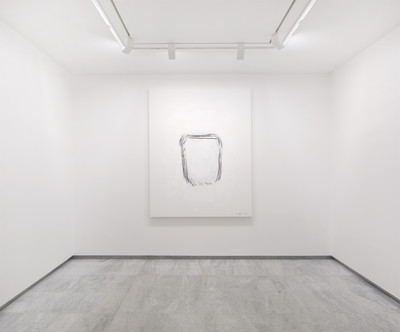‘The point is existence. The line is life.’1
After his expansive and surprising sculptural dialogue with the Château de Versailles and the gardens of André Le Nôtre in 2014, in Paris Lee Ufan is exhibiting his most recent paintings along with eleven watercolours from 1983. The galerie kamel mennour is honoured to bring these watercolours to the public in its new space on the Rue Matignon, and to hang in the space on the Rue du Pont de Lodi a series of paintings whose astonishing colours and vibratos signal a
...
Read more